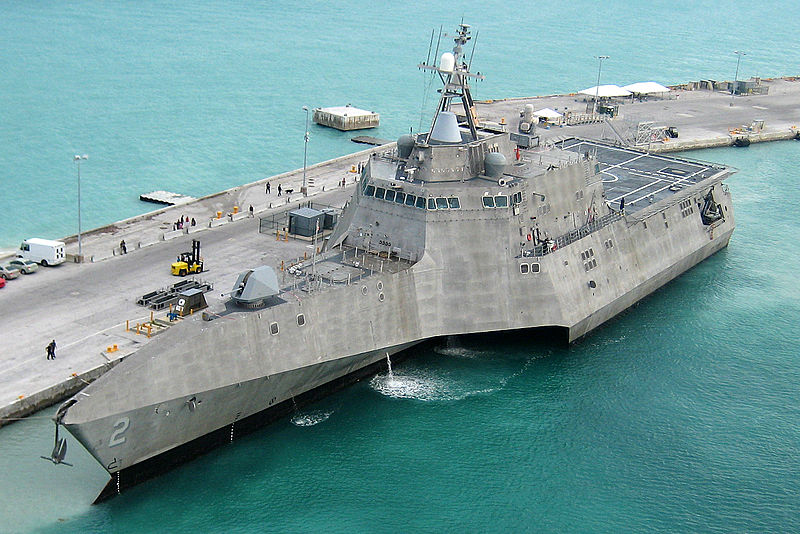Megan McArdle on the perpetual lure of getting something for nothing:
…fraudsters and Ponzi schemers do not succeed at their scams merely because we let them. Recent financial frauds have big dollar signs attached, but at their heart, they’re often not much different from Nigerian email scams or a three-card monte game. They work best when they let the mark believe he’s getting away with something — often something illegal, or at least dishonest. It’s an old saw that “you can’t cheat an honest man,” but it’s mostly true. We are most vulnerable to Ponzi schemes and other confidence tricks when we start to believe that we can cheat the universe — that we can get something for nothing. The best con men succeed mostly because we are so desperate to believe them.
Even spectacular cases of financial fraud usually turn out to be remarkably banal in their execution. Embezzling grotesque sums rarely seems to require dazzling financial wizardry; all it takes is some basic clerical skills and a willingness to deceive.
After Peregrine Financial imploded last July, the firm’s president, Russell Wasendorf, confessed in a note related to a botched suicide attempt how he had misappropriated what seems to be more than half of his clients’ funds. The fraud was breathtaking in its audacity, and its simplicity: Wasendorf had been intercepting the bank statements and counterfeiting new ones using Photoshop and Excel. When auditors and regulators started confirming balances with banks, Wasendorf opened a P.O. box and put the address on the fake bank statements. When regulators started looking at online banking statements, he learned to fake those, too.
Bernie Madoff’s strategy wasn’t much more technically sophisticated than Wasendorf’s. And yet it seems to have been going on since at least the late 1980s, in large part because Madoff’s investors wanted an essentially guaranteed return of more than three times the annual rate of U.S. economic growth. They wanted, in short, to make quite a lot of money without working.






